
|
|
|
|
|
|
Classic Bikes
Custom Bikes
Individual
Racing Bikes AJP
AJS
Aprilia
Ariel
Avinton / Wakan
Bajaj
Benelli
Beta
Bimota
BMW
Brough Superior
BRP Cam-Am
BSA
Buell / EBR
Bultaco
Cagiva
Campagna
CCM
CF Moto
Combat Motors
Derbi
Deus
Ducati
Excelsior
GASGAS
Ghezzi Brian
Gilera
GIMA
Harley Davidson
Hero
Highland
Honda
Horex
Husaberg
Husqvarna
Hyosung
Indian
Jawa
Kawasaki
KTM
KYMCO
Laverda
Lazareth
Magni
Maico
Mash
Matchless
Mondial
Moto Guzzi
Moto Morini
MV Agusta
MZ / MuZ
NCR
Norton
NSU
Paton
Peugeot
Piaggio
Revival Cycles
Roland Sands
Royal Enfield
Sachs
Sherco
Sunbeam
Suzuki
SWM
SYM
Triumph
TVS
Ural
Velocette
Vespa
Victory
Vincent
VOR
Voxan
Vyrus
Walt Siegl
Walz
Wrenchmonkees
Wunderlich
XTR / Radical
Yamaha
Zero
Video
Technical
Complete Manufacturer List
|
Harley Davidson WRTT |
| . |
The Harley-Davidson WRTT was the road racing, or “tourist trophy”, version of the WR flat track racer. Unlike the WR, the WRTT had front and rear brakes and 19-inch road racing wheels.
Original surviving factory WRTTs are now quite rare due to the fact that they
lived hard lives on the circuits of North America before being retired and often
scrapped due to their low value (at the time).
The Harley-Davidson WRTT and the WR
The Harley-Davidson WRTT really started life with the arrival of the Harley-Davidson Model D in 1929. The Model D was the first 45 cubic inch (740cc) flathead built by Harley, and it proved popular despite the arrival of The Great Depression in the same year.
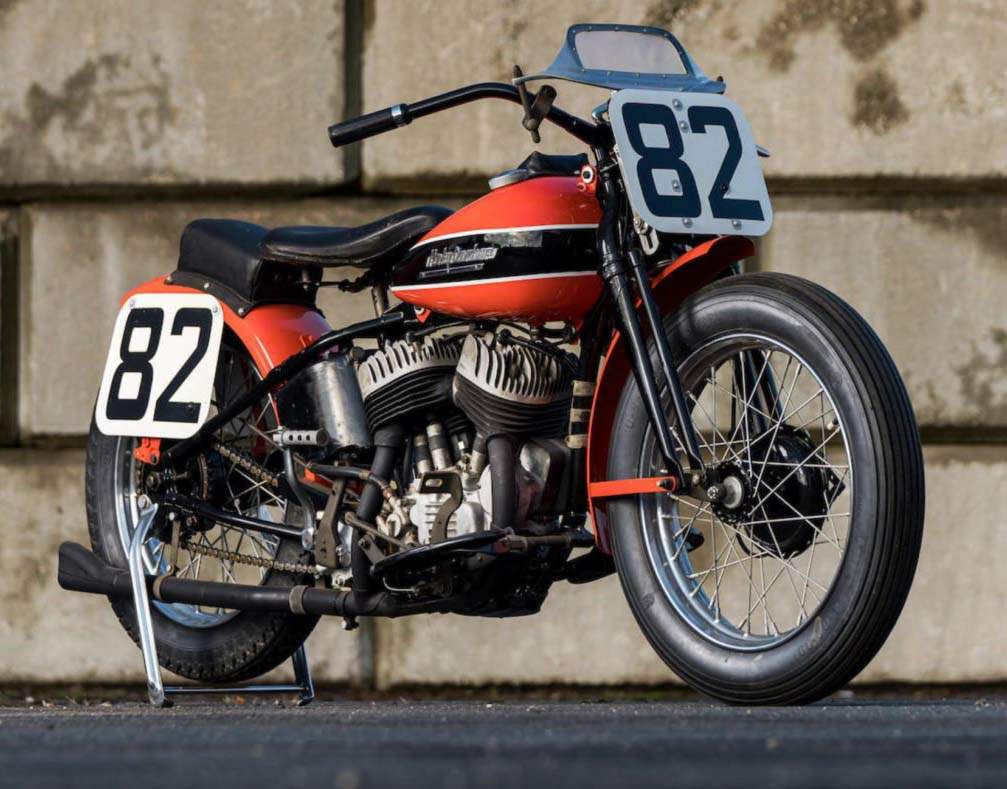
The D was replaced by the R series in 1932 which brought a slew of upgrades, and in 1936 the R series was replaced with the W series. The W series would go on to have the highest production numbers of any Harley up until that point in history, this was largely due to the military versions dubbed the WLA and the WLC. The WLA was produced in vast numbers for the war effort, it became popular with troops due to its toughness and reliability, and many of them have survived to the modern day.
Within the W series there were six major variants, the W, WL, WLA, WLC, WLD, and WR. The WR was the racing version, frequently used for flat track racing however WRs raced in a wide variety of series in the USA and around the world, and they still compete today in many vintage motorcycle races.
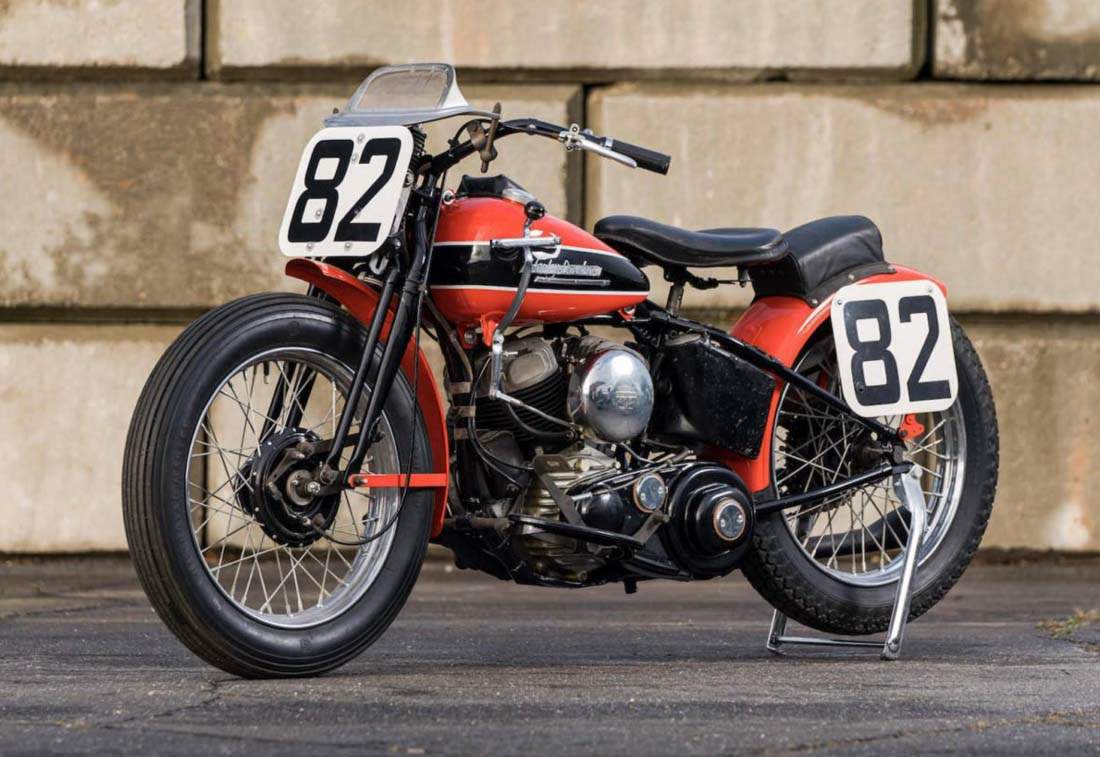
Each WR left the factory ready to race, they were typically fitted with a special WR cam, they also had a lightened frame, and no provision was made for rad riding at all, helping to further keep weight down. Expert WR engine tuners can turn these motorcycles into reliable 100+mph racing machines, and back during their heyday they won hundreds of races across the country.
The Harley-Davidson WRTT was produced in significantly lower numbers than the WR, the WRTT was specifically intended for road racing which necessitated the installation of a front brake – the flat track oriented WR was only fitted with a rear brake. The WRTT had a number of other modifications including a close ratio 3-speed gearbox, they were often fitted with 19 inch wheels and road racing tires as opposed to tires intended for use on dirt ovals.
Source silodrome.com
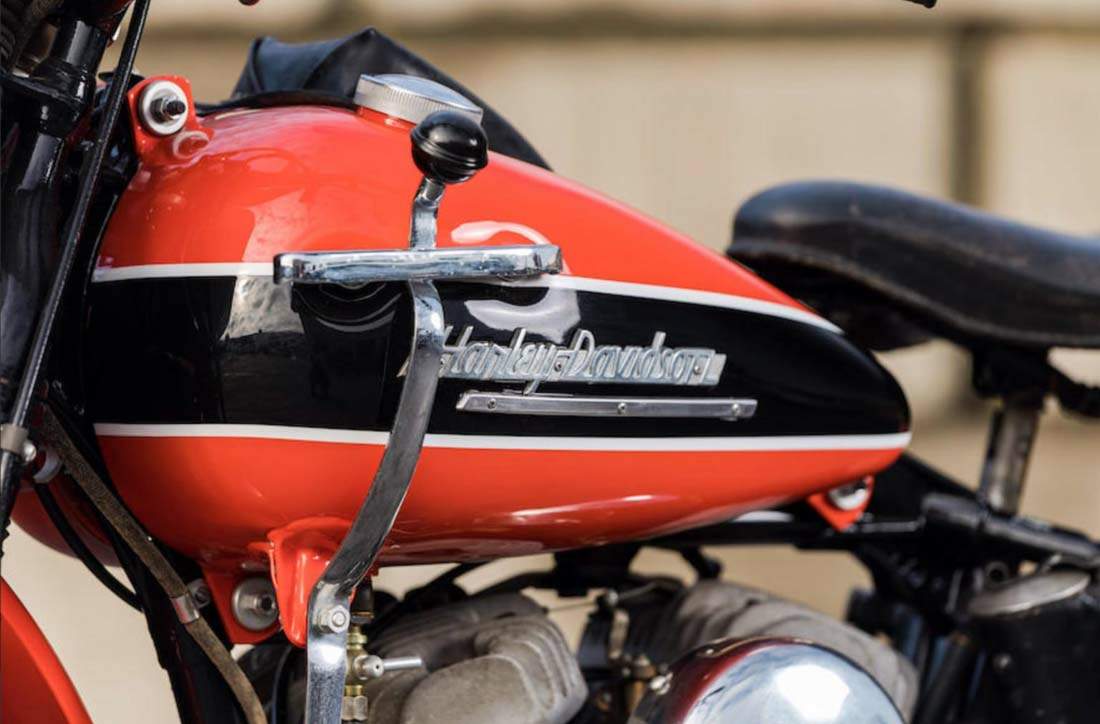
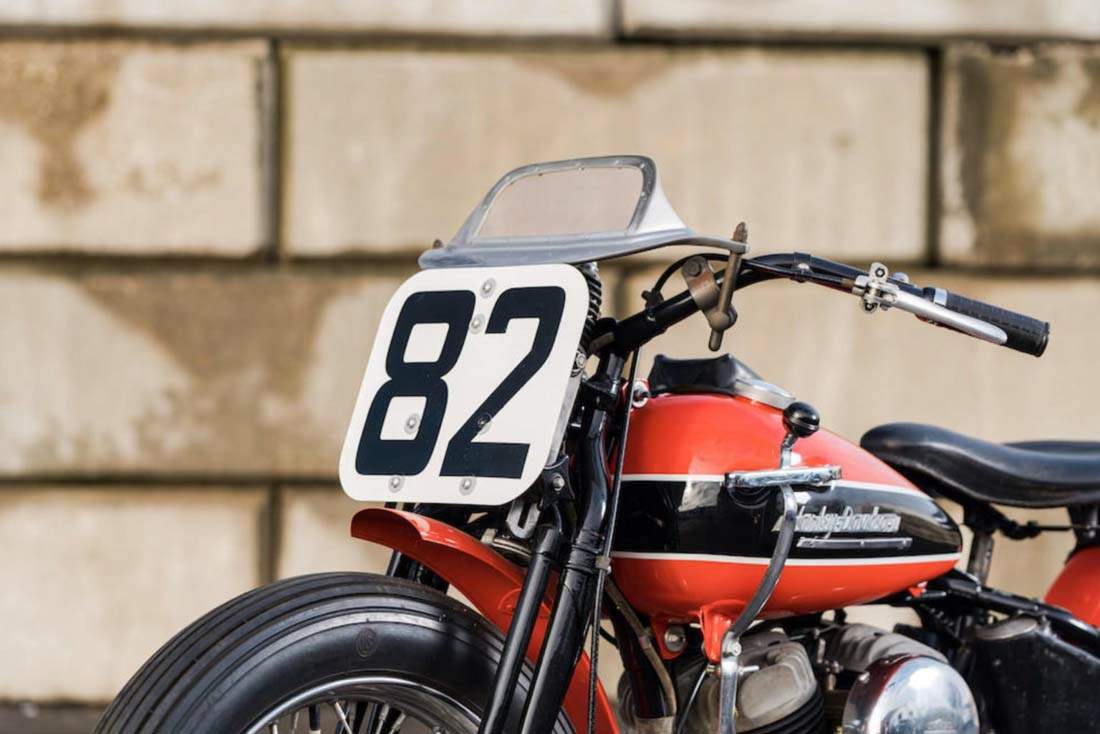
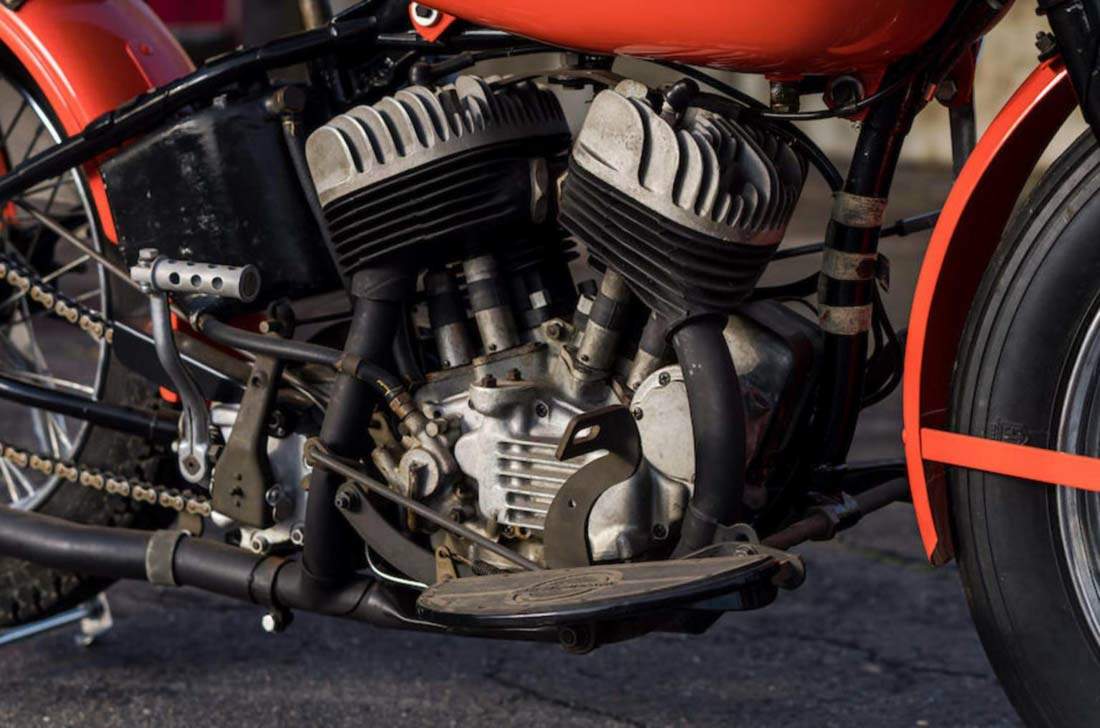
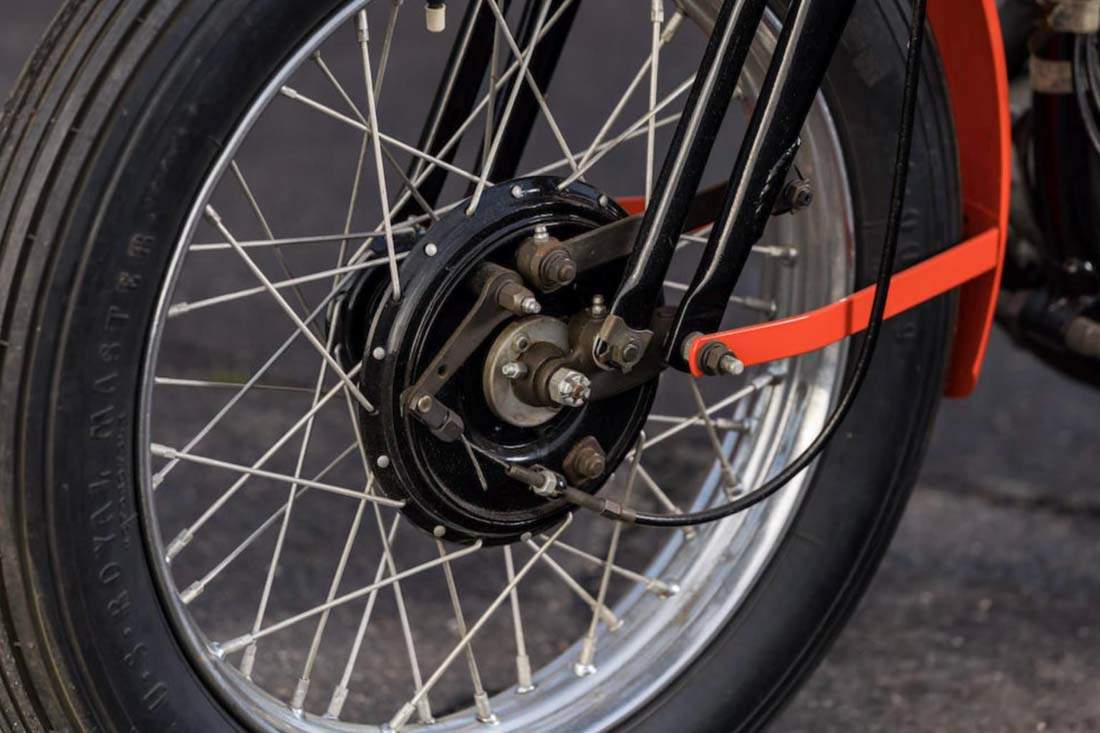
Picture
|
Any corrections or more information on these motorcycles will be kindly appreciated. |